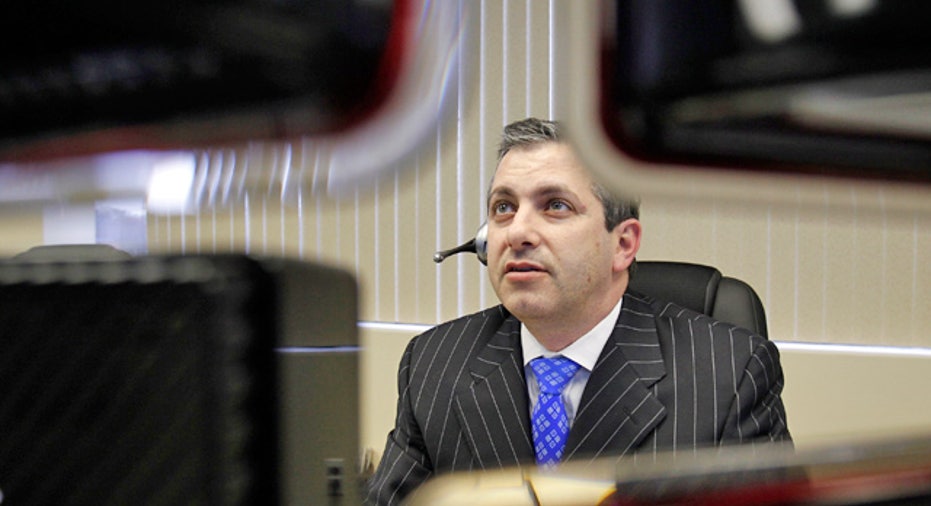How to Analyze Your Portfolio

Each of your investments won't be a home run, but your portfolio's performance should at least be in line with your expectations. If the gap between your expectations and reality is consistently the size of the Grand Canyon, it's time to re-evaluate your portfolio.
"If you're managing your returns and your strategy, and for all of '09 and 2010 your portfolio was way underperforming by 8% or 10% each year," it's time to find out what's going wrong and why, says financial adviser Mike Masiello, president of Masiello and Associates in Rochester, N.Y.
To assess your investments' performance, you need to begin with your original investment plan and a process.
"The keyword is the 'process,'" says Drummond Osborn, a Certified Financial Planner at Osborn Wealth Management in LaPorte, Ind. "You truly need to have a process in place for how you're buying, how you're re-evaluating and how to make the changes. Those three things create the process."
Ideally, investors would assess the health of their portfolios at least once a year and after significant life changes such as marriage, having kids, losing a job or coming into an inheritance.
To get to that point, you have to start at the beginning.
What's Working, What's Not
Your original investment plan is really the blueprint for assessing what's working. If your portfolio was assembled willy-nilly, consulting a financial professional can help you put together a comprehensive investment strategy. For a start, check out Bankrate's asset allocation calculator.
To determine if your plan is working, review your investments. These should be contained in a diversified portfolio that was constructed based on the parameters established by your risk tolerance, time horizon and goals. In simpler terms, your investment plan should be based on how much risk you're willing to take, how long it will be until you need the money and your goals for that money.
If your investments are in accord with those three considerations, it's time to start digging.
Begin by looking at your allocation and weightings.
Many investment advisers recommend rebalancing your portfolio to stay within the allocation established at the outset of your plan.
"Say I'm 51, my allocation is 60 percent equities, 40 percent bonds. At the end of the year if my equity portfolio has done particularly well and it's now 70 percent equities and 30 percent bonds, I'm going to reallocate," says Herbert Hopwood, CFP and president of Hopwood Financial Services in Great Falls, Va.
"And that's what you have to do -- have that discipline," he says.
Check Individual Holdings
Before rebalancing, take a look at the performance of the individual investments that make up your asset allocation plan.
Investors should understand why each asset is in the portfolio and what they expect from it.
Asset classes perform differently and have varying roles within a portfolio. One sector, style or class might have a great year while other parts of the portfolio may turn in only a middling performance. Together they mitigate volatile swings in the portfolio's value.
"There are going to be parts of a portfolio that are going to zig when others zag. You want securities that, under other circumstances, will protect the portfolio," says Hopwood.
The important thing to consider is how an investment performs compared to its benchmark or similar securities. Was it a bad year for all small-cap growth companies, or just your small-cap fund? If small companies in general underperformed, then selling it or switching it for a hot fund in another sector could be a bad move.
"It could be just what's happening at the moment. Then you make the change and you whipsaw yourself," says Hopwood.
"I see too many people do that, one day value, then growth, then bond funds, then stocks. ... You have to look forward," he says.
What About Income?
Evaluating investments isn't always about return. A large portion of investors need more than capital gains, they need income from their investments. Eking out a living from fixed-income investments has become progressively more difficult over the past few years as the Fed ratcheted down interest rates.
Sustained low interest rates have forced retirees to get creative when it comes to living off their investments. Simply rolling over CDs may have cut it in 2007, back when the average five-year CD was yielding around 4 percent. Now that the average yield on a five-year CD is less than 2 percent, according to Bankrate's most recent interest rate survey, stretching for yield has compelled many investors to take on more risk.
Unfortunately for income investors, principal preservation as well as risk has to be considered in the search for yield.
"There is no free lunch. See how (the investment) did in 2008. That is the litmus test for me. If you can stomach what these things did in 2008, then you know that you can probably stomach the investment," Hopwood says.
Instead of jumping for the highest yield, go down the spectrum of risk from the very safest investments to the more risky. Hopwood provides the following example:
*Federally insured money markets.
*Short- to intermediate-term CDs for laddering.
*Short- to medium-term bond funds.
*Corporate bonds.
*Balanced or hybrid funds containing stocks, bonds and convertibles.
*Dividend-paying equity fund or individual stocks.
Whatever the investing goals, investors should have an investment plan in place, as well as a plan for evaluating individual investments. Rather than making changes willy-nilly based on desperation or the latest hot asset class, keep your original plan in mind, systematically evaluate investments and make changes in moments of lucidity -- not out of emotion.



















